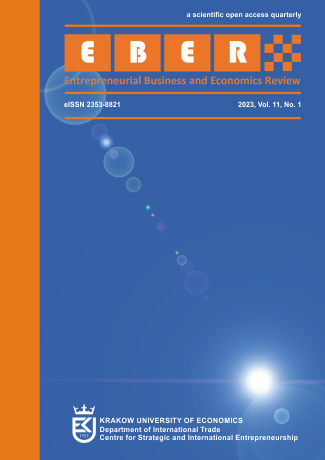Channel preferences and attitudes of domestic buyers in purchase decision processes of high-value electronic devices

Abstract
Objective: The objective of the article is to examine how respondents’ technological readiness (as an individual factor besides demographic characteristics) influences channel preference (in-store, online big- and small-screen at different stages of the purchasing decision process for high-value electronic devices (products).
Research Design & Methods: The research encompassed data collected by a quantitative online survey of 415 respondents in Hungary. To identify homogenous groups in the sample, we used cluster analysis based on factors we determined among the technology-readiness variables.
Findings: We identified the technological readiness index 2.0 (TRI) segments in our sample and our findings confirmed that the perceived technological readiness has a significant influence on customers’ channel choice.
Implications & Recommendations: Customer experience (CX) is far more than satisfaction with the product; it is influenced by the total purchasing decision process starting at the need recognition and ending at the post-purchasing stage. The difficulties and uncertainties in any stage of the decision-making process result in anxiety and reduce the CX. The uncertainty can arise from factors related to the product, individual, or channel.
Contribution & Value Added: Although the sample is not representative, it provides insight into how Hungarian respondents can be segmented based on technological readiness and how this affects their channel preferences during the customer journey through purchase decisions regarding electronic devices.
Keywords
technological readiness, omnichannel, customer experience, pattern of channel usage, perceived control over the purchasing process, TRI
Author Biography
Tamás Kozák
Ph.D. Head of Department of Commerce, Associate professor, Department of Commerce Budapest Business School University of Applied Science, Hungary. His research interests include disruptive technics in retailing, financial models facilitating economic decisions.
Zsolt Molnár
Professor of practice, Department of Commerce Budapest Business School University of Applied Science, Hungary. His research interests include social and communication role of international volunteering, consumer behaviour, CSR role and implications of social communication.
